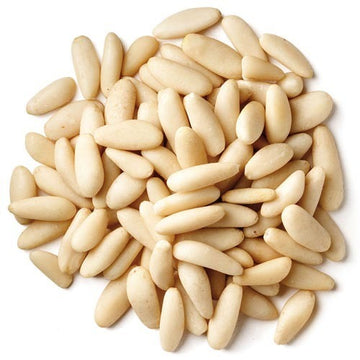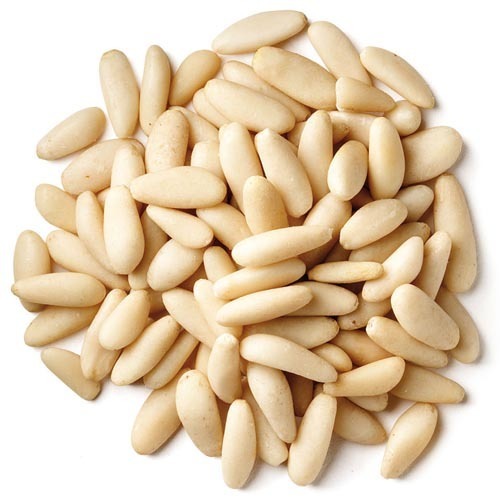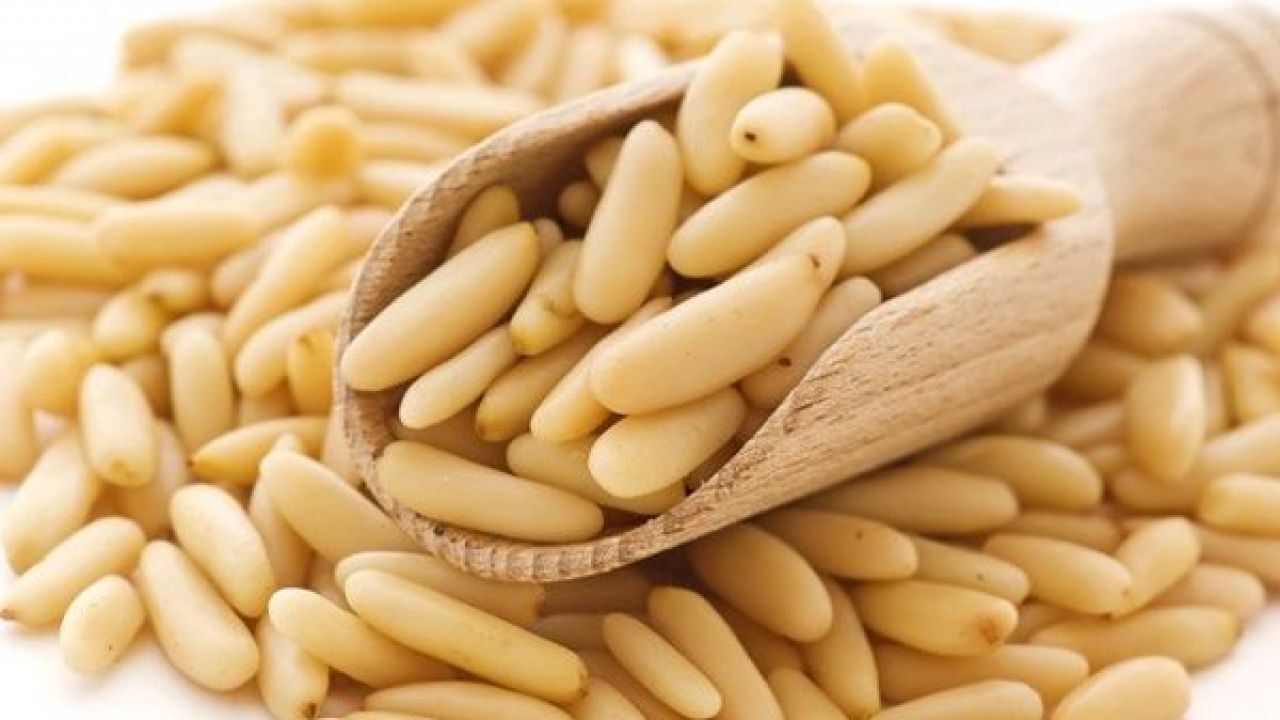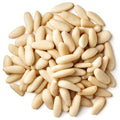صنوبر مستورد (١٠٠جرام)


صنوبر مستورد (١٠٠جرام)
✨الصنوبر من أكثر المكسرات طلبًا لدى محبي المكسرات
فبالإضافة لطعمه اللذيذ؛ نجد أنه غني بالفيتامينات والمعادن التي بدورها تقوي مناعة الجسم، تحسّن عمل الجهاز العصبي، تساعد في خفض نسبة الكوليسترول، تسرع من امتصاص الكالسيوم كما تحمي القلب وتحد من الجلطات وتصلب الشرايين
تقدمه لك #تمرات طازج محمص بجودة عالية، من مزارعه في باكستان إلى منزلك، بعد أن يتم تحميصه وتمليحه في محامصنا حيث نضمن الحفاظ على عناصره الغذائية💯
الصنوبر الباكستاني من #تمرات، وجبة صحية خفيفة لكل أوقاتك، ضيافة فاخرة لضيوفك، كما أنه إضافة مميزة لجميع أنواع الحلويات والمشويات.
الوزن: 100 جرام، يصلك في عبوات معدنية فاخرة من #تمرات.👑
weight: 100 gm
Crunchy and flavorful, these delicate, parchment colored pine nuts (also known as pignolias) are a source of ongoing culinary inspiration. Highly nutritious and even tastier, our pine nuts are perfect when sprinkled liberally on salads, or added to recipes. Pine nuts are especially tasty when toasted and enjoyed by the handful.
More on Pine Nuts:
The pine tree family is a very well-known evergreen, popular for its excellent softwood timber, and for its by products: turpentine and rosin. The edible seeds of some of its members are sometimes referred to as nuts. Out of approximately 100 species of true pines, about twelve produce good quality and flavorful nuts. Of these, the three main pine nuts that are traded in the United States are the European pignolia, the North American pin?on and the Chinese pine nut.
Pignolia refers to the Italian stone pine, which also grows in Portugal and North Africa. Pin?on, Spanish for pine nut, is the name given to the pine nuts that grow wild in the western United States, mainly in Colorado, New Mexico and Utah. Pine trees also grow on the European Alps and the Carpathian Mountains. Asian pine nuts are found in eastern Afghanistan, portions of Pakistan and northern Himalaya; the Siberian stone pine grows in the Ural Mountain region of the Soviet Union; the Korean nut pine is native to Korea, China and northern Japan; the Japanese dwarf stone pine is found in the Japanese archipelago and on the adjacent mainland. Most of the Asiatic pine nuts are consumed locally and are not exported.
In the U.S. pine nuts are available in gourmet, health-food and specialty nut stores. Shelled pignolias, imported from Europe, are the second most expensive edible nut after macadamias. Domestically grown pin?on nuts, are cheaper, but are not always available, as their crop is erratic from year to year. They are not cultivated, but are harvested from wild trees, mainly by hand. Recently, imported Chinese pine nuts have begun to compete successfully with the two aforementioned gourmet varieties. As for the nutritional value of pine nuts, American pin?on nuts are higher in fat, calories and carbohydrates, than European pignolias. However, pignolias contain more protein.
The annual pin?on harvest is estimated at 2 million to 4 million pounds, though it is difficult to obtain accurate statistics, because collection is haphazard and much of it is consumed without being reported. Production has declined since World War II, especially since less expensive nuts, such as peanuts, compete fiercely with pine nuts.





